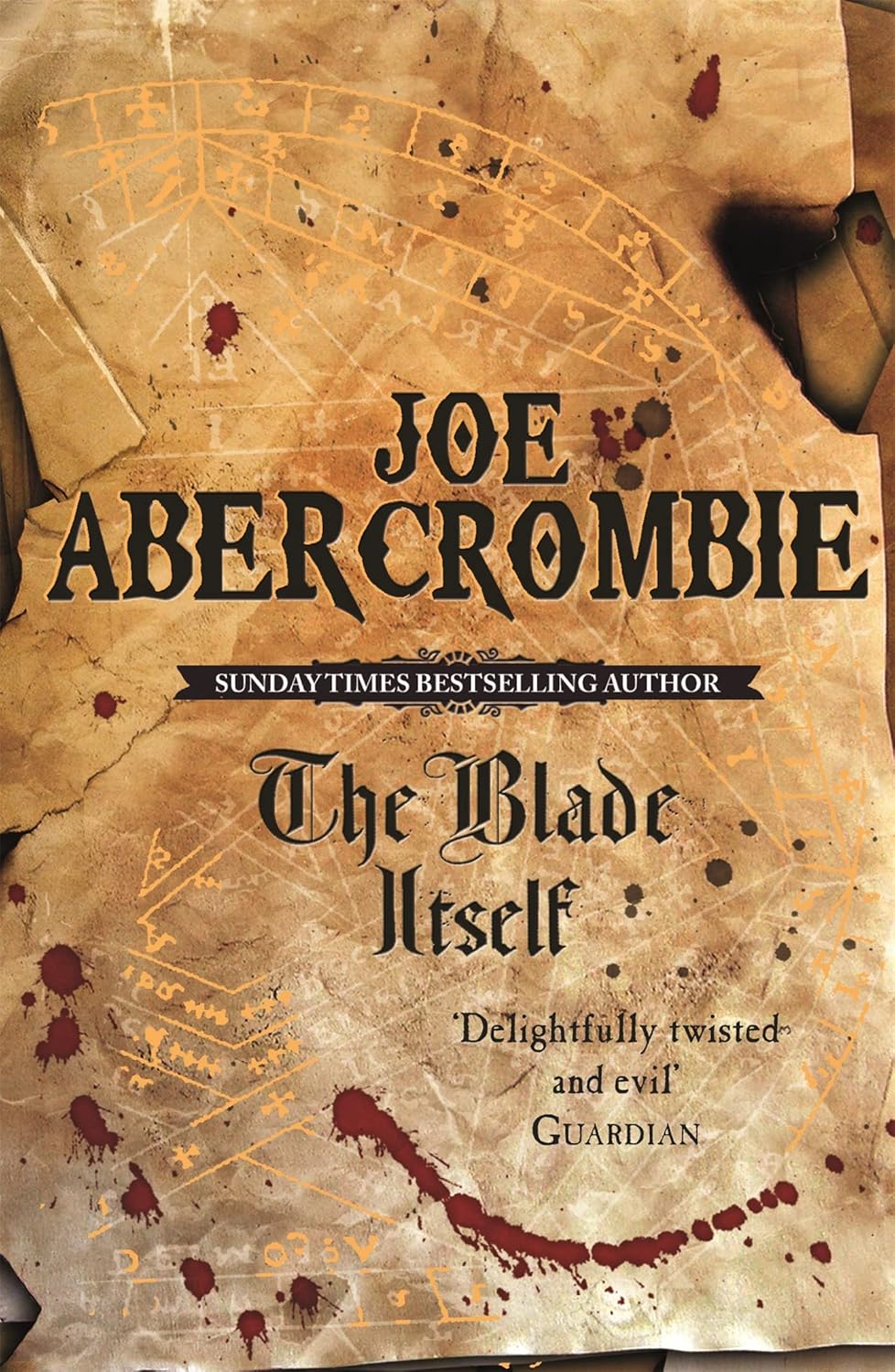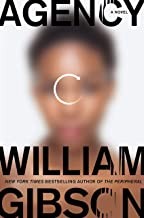David Whitmarsh reviewed Agency by William Gibson
Meandering and repetive
2 stars
A good book for those who enjoy long descriptions of people getting on and off motorbikes and in an out of vans. Ironically, the protagonist has remarkably little agency.















